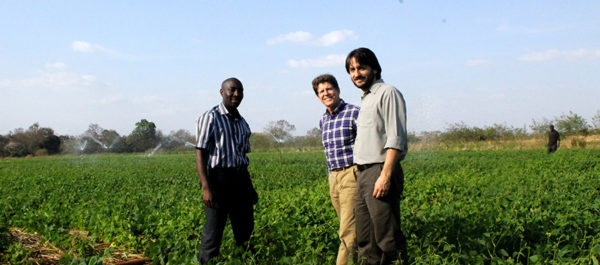Tag: Extension

Behind the Success of the USAID Farmer-to-Farmer Approach
Africa & Middle East: CEO of CNFA champions a volunteers scheme taking American agricultural expertise around the world, improving productivity, sustainability and food security.
Read MoreKristin Davis: Helping Small Farmer Families Through Extension
Global: Executive Secretary of GFRAS blogs about a new tool to support agricultural extension agents around the world, and invites you to be part of it.
Read MoreVeneless Chimpesa: Why Agricultural Extension Matters
Global: Extension workers are as important as technologies, says Gorta-Self Help Africa agent.
Read MoreWhy Agriculture is Essential to the Success of the SDGs as a Whole
Global: Farming First addresses United Nations session on Financing for Development and the Post-2015 process.
Read More



